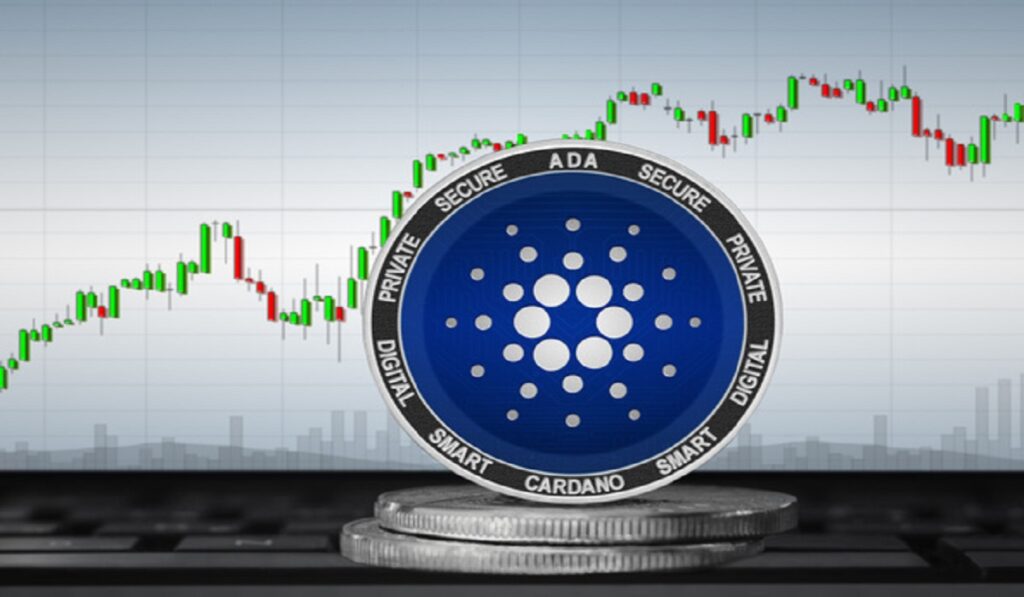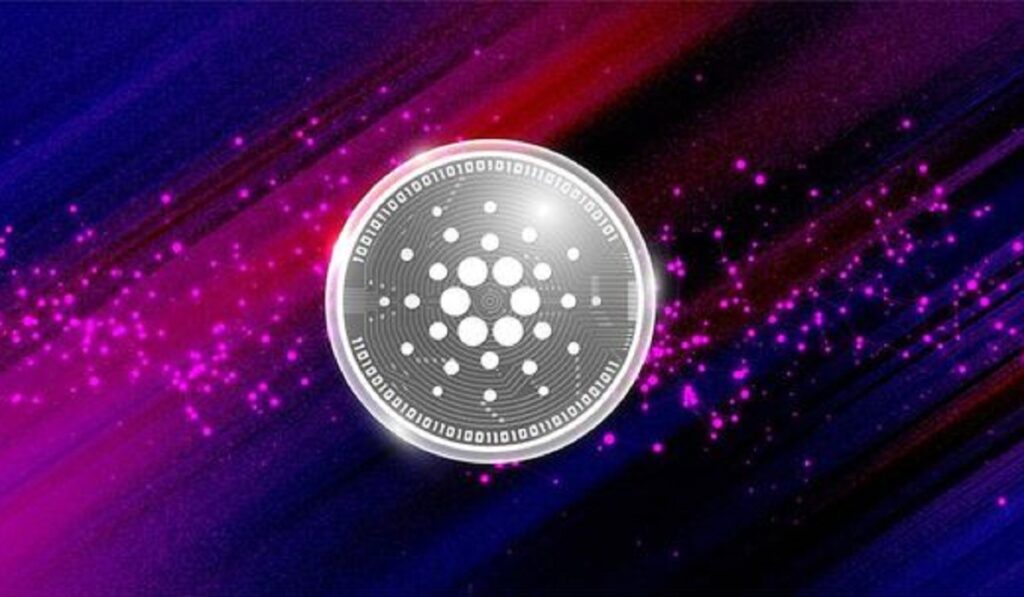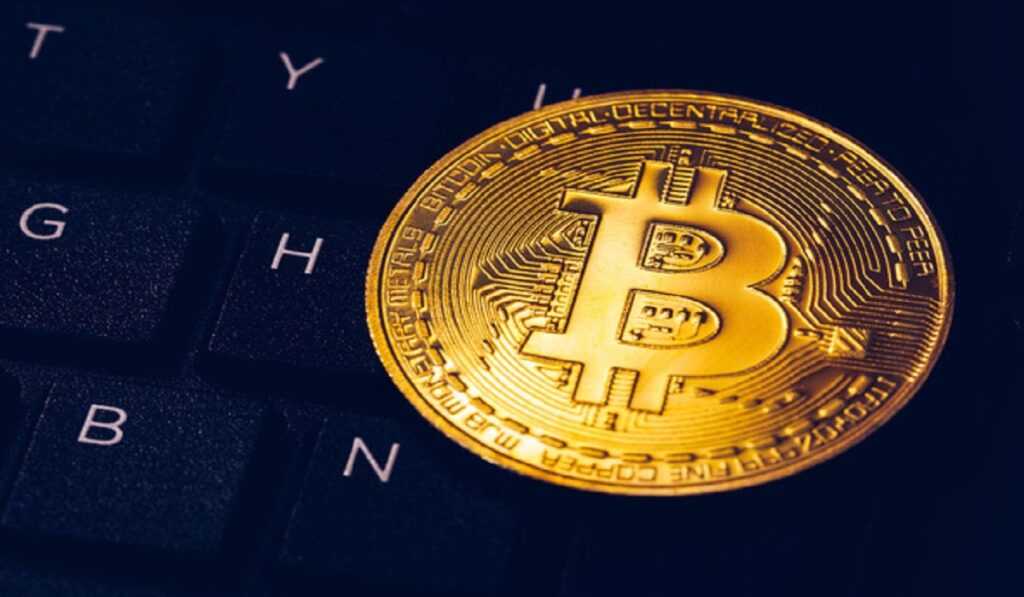Cardano (ADA) with Unique Features and Differences from Bitcoin

Cardano has quickly established itself in the rapidly developing field of cryptocurrency. Offering something completely unique in terms of blockchain platform features and innovations compared with Bitcoin, Cardano is now becoming a key contender within cryptocurrency. We will explore Cardano through this article; exploring its core principles, technical features, and differences from Bitcoin.
Understanding Cardano
Cardano is an open-source decentralized blockchain that serves as a platform for decentralized applications and smart contracts. First released in 2017 by Input Output Hong Kong, its development was spearheaded by Charles Hoskinson (one of Ethereum’s co-founders).
Proof-of-Stake (PoS) Consensus
Cardano employs Ouroboros’ Proof-of-Stake algorithm as part of its Proof-of-Stake consensus mechanism, distinguishing itself from Bitcoin’s Proof-of-Work consensus mechanism with energy savings as the aim. Mining by PoS uses less computational power reducing environmental impacts associated with mining operations while giving ADA holders an active voice in shaping consensus processes through staked rewards earned for taking part.
Layered Architecture
Cardano employs a two-layered architecture consisting of the Cardano Settlement Layer and Cardano Computation Layer, respectively. While CSL handles secure value transfers on behalf of ADA transactions, CCL specializes in smart contracts and supporting decentralized applications (dApps). This ensures maximum scalability and flexibility within Cardano eco-system.
Scientific Philosophy and Peer Reviewed Research
Cardano has earned its place among leading technology platforms due to its commitment to scientific principles, evidence-based research, platform development using peer reviewed academic studies as the basis of decision making processes as well as protocols utilizing cutting edge protocols with features adhering to sound scientific principles while increasing transparency and reliability for users.
Scalability and Interoperability
Cardano’s “sidechains” provide a solution to its scalability issue by processing transactions concurrently – increasing platform throughput in parallel processing mode. Furthermore, Cardano aims to foster interoperability via connections with other blockchain networks allowing seamless communications and data sharing across networks.
Cardano places great emphasis on regulatory compliance. The platform strives to build a framework aligned with legal and financial needs while its compliance features help governments, businesses, and financial institutions adopt blockchain technology securely in regulated environments.
Native Cryptocurrency (ADA):
Cardano’s native cryptocurrency ADA serves a multitude of functions. From staking, transaction fees and ecosystem governance ADA is capable of carrying out many operations that help users access its ecosystem while contributing to consensus in an open network setting. With maximum 45 billion coins up for grabs ADA allows accessing Cardano ecosystem, participating networkly & contributing towards consensus formation allowing its use as accessing platform assets!
Future Development and Upgrades
Cardano’s development can be divided into four distinct eras: Shelley, Goguen, Basho and Voltaire. Each era brings new features, improvements and capabilities such as smart contract upgrades and governance improvement as part of this iterative process, furthering Cardano’s adaptability and evolution over time.
Cardano (ADA), a blockchain platform, stands out by combining scientific rigor with environmental sustainability, scalability and regulatory compliance. Cardano stands out with its groundbreaking PoS algorithm and multilayered architectural design; in combination with peer reviewed studies it represents an attractive alternative to both traditional financial systems as well as other blockchain platforms. As it progresses through development phases Cardano could change how decentralized apps evolve while revolutionising blockchain technologies altogether.
What Is Cardano Staking? Cardano staking allows ADA token holders to participate in the consensus process of the Cardano Blockchain and receive rewards in return. Staking involves holding certain numbers of ADA tokens within an online Cardano wallet in order to support its security and operation as part of “staking.”

Here is a brief introduction of Cardano stake:
Cardano employs Ouroboros as its Proof-of-Stake (PoS) Mechanism in order to secure its network and make transaction confirmation more likely for validators nodes; stake holders in turn determine which node gets selected to validate transactions or create blocks by having more ADA tokens and “stakes.”
How to Pick a Stake Pool: In order to participate in stake pooling, ADA holders can delegate their stakes directly. Pool operators manage all technical aspects associated with block validation and minting processes. By delegating stakes directly users can combine theirs with those of other participants to increase the chance of having their blocks validated first.
Rewards and Incentives: Participants can earn staking bonuses when they stake their ADA, with rewards depending on both how much was staked, as well as for how long. As more ADA is staked by users, rewards increase accordingly; participants will find these automatically added to their wallets in regular intervals, encouraging continued involvement in the network.
Cardano supports delegating stake directly from their wallets, and users can select an optimal pool based on factors like performance, fees and reputation. Many official and unofficial wallets exist which offer user-friendly interfaces while simultaneously supporting delegation capabilities.
Flexibility and Security: Cardano’s stake mechanism gives participants flexibility in terms of delegation preferences; delegating or withdrawing stakes at any point allows ADA holders to maintain control over their funds while actively contributing to network security through staked assets; this method does not necessitate transfering it directly from one’s wallet to the other requiring less risky transfers from wallet to wallet.
Decentralizing Network Security and Cardano’s stake mechanism is central to its security and decentralization of its network. Cardano allows its ADA holders to participate directly in block validation process for more distributed consensus than with systems which only permit certain nodes to create blocks; decentralization increases security and resilience of blockchain-based solutions.
Cardano Staking allows holders of ADA tokens (ADA holders) to participate in its consensus system, contribute towards safety measures, and earn rewards while supporting decentralization within Cardano by delegating their stakes to stake pools.
Cardano: The Future
Cardano’s future looks bright as its ecosystem and technology advance further. Below are several factors which will shape its development going forward.
- Smart Contract Functionality – Cardano’s most anticipated feature is its integration of smart contracts. Cardano strives to offer a robust yet secure platform that will support decentralized applications (DApps), smart contracts and related functions such as games. Cardano’s Alonzo Era upgrade aims at encouraging innovation on its Blockchain while spurring growth and adoption rates for developers creating innovative apps on it.
- Cardano addresses scaling and interoperability challenges faced by blockchain networks through its unique design. By layering its settlement (Cardano’s base layer) or computation (where smart contracts reside), Cardano strives to maximize transaction throughput while still upholding security and decentralization while guaranteeing interoperability between blockchains to facilitate seamless communications and integration processes.
- Cardano is dedicated to ongoing research and development. This means placing high priority on scientific investigations that are rigorous and evidence-based; employing peer review techniques with academic experts and researchers for testing protocol validation/improvement purposes; this ensures Cardano maintains its credibility, fosters innovation and solidifies itself as one of the premier platforms offering blockchain technologies.
- Sustainability and Governance Cardano provides an innovative governance model, engaging all parties involved in decision-making process. Aimed at decentralized government in Voltairean fashion, holders of ADA tokens may suggest protocol upgrades and vote on funding distribution decisions democratically; thus empowering community members while guaranteeing long term sustainability of projects.
- Cardano continues to build partnerships and collaborate with academic institutions, governments, and enterprises worldwide. These strategic alliances aim to increase adoption rates while showing real world applications of its technology – as well as integrate Cardano technology seamlessly into existing systems. Due to its emphasis on interoperability, scalability, compliance, it makes an excellent option for industries seeking blockchain solutions.
Cardano is dedicated to continuous improvement. Following an established roadmap that details development phases and milestones, its project strives for steady development with regular upgrades planned in order to enhance security and functionality while its iterative design ensures adaptability in response to shifting user and technological requirements.
Cardano faces many external influences that will determine its future; market dynamics, technological progress, regulatory factors and competitive pressure all play a part. Although Cardano looks set for success within blockchain industry, its challenges and competition still pose great obstacles; with innovative features, scientific approach and growing community it may make waves within industry.
Note: This article gives a broad introduction to Cardano and how it differs from Bitcoin, yet for an in-depth knowledge of Cardano it’s essential to stay updated on current developments as well as conduct further research.






